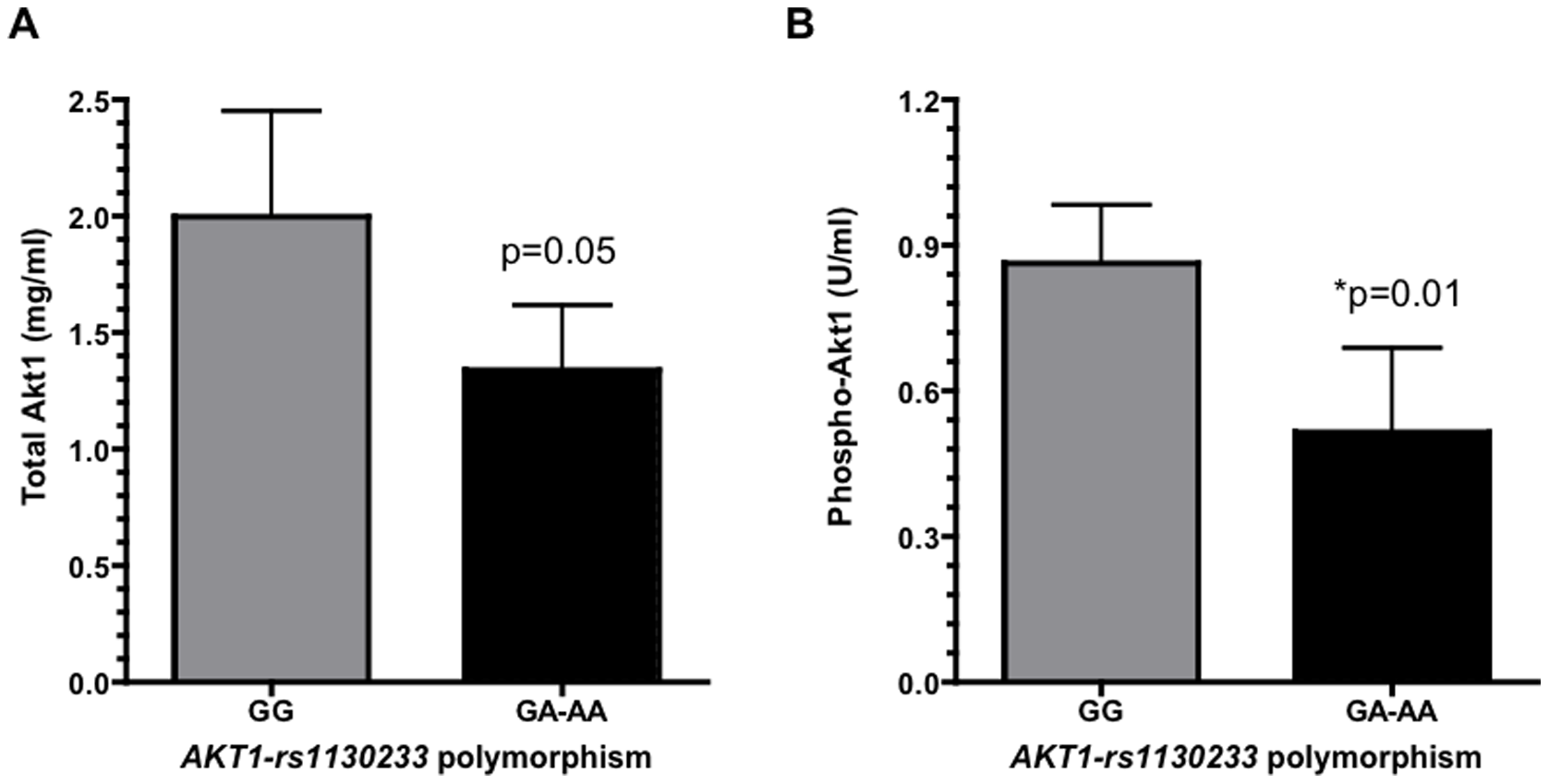AKT1 and SELP polymorphisms predict the risk of developing cachexia in pancreatic cancer patients
Avan A, Avan A, Le Large TY, Mambrini A, Funel N, Maftouh M, Ghayour-Mobarhan M, Cantore M, Boggi U, Peters GJ, Pacetti P, Giovannetti E
PLoS One. 2014 Sep 19;9(9):e108057. doi: 10.1371/journal.pone.0108057. eCollection 2014
Abstract
Pancreatic ductal adenocarcinoma (PDAC) patients have the highest risk of developing cachexia, which is a direct cause of reduced quality of life and shorter survival. Novel biomarkers to identify patients at risk of cachexia are needed and might have a substantial impact on clinical management. Here we investigated the prognostic value and association of SELP-rs6136, IL6-rs1800796 and AKT1-rs1130233 polymorphisms with cachexia in PDAC. Genotyping was performed in DNA from blood samples of a test and validation cohorts of 151 and 152 chemo-naive locally-advanced/metastatic PDAC patients, respectively.
The association of SELP-rs6136, IL6-rs1800796 and AKT1-rs1130233 polymorphisms with cachexia as well as the correlation between cachexia and the candidate polymorphisms and overall survival were analyzed. Akt expression and phosphorylation in muscle biopsies were evaluated by specific ELISA assays. SELP-rs6136-AA and AKT1-rs1130233-AA/GA genotypes were associated with increased risk of developing cachexia in both cohorts (SELP: p = 0.011 and p = 0.045; AKT1: p = 0.004 and p = 0.019 for the first and second cohorts, respectively), while patients carrying AKT1-rs1130233-GG survived significantly longer (p = 0.002 and p = 0.004 for the first and second cohorts, respectively).
In the multivariate analysis AKT1-rs1130233-AA/GA genotypes were significant predictors for shorter survival, with an increased risk of death of 1.7 (p = 0.002) and 1.6 (p = 0.004), in the first and second cohorts, respectively. This might be explained by the reduced phosphorylation of Akt1 in muscle biopsies from patients harboring AKT1-rs1130233-AA/GA (p = 0.003), favoring apoptosis induction. In conclusion, SELP and AKT1 polymorphisms may play a role in the risk of cachexia and death in PDAC patients, and should be further evaluated in larger prospective studies.
 Akt1 expression in muscle samples according to the AKT1-rs1130233 polymorphism. Bar graphs illustrating the mean±SD expression of total Akt1 (A) and phospho-Akt1 (B) in muscle samples from patients with differential AKT1-rs1130233 genotypes (N = 9 samples in each group) *p<0.05.
Akt1 expression in muscle samples according to the AKT1-rs1130233 polymorphism. Bar graphs illustrating the mean±SD expression of total Akt1 (A) and phospho-Akt1 (B) in muscle samples from patients with differential AKT1-rs1130233 genotypes (N = 9 samples in each group) *p<0.05.
Link: www.ncbi.nlm.nih.gov/pubmed/25238546
Free full PDF text: click here




